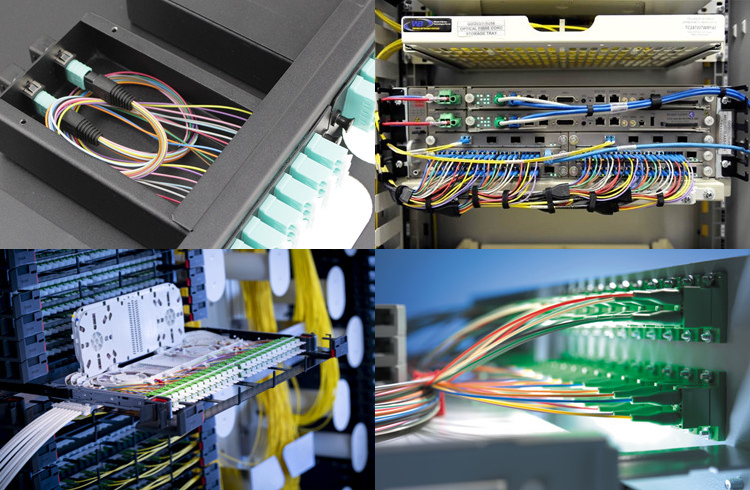Insertion Loss And Return Loss
In optical fiber communication, connector loss is a relatively difficult parameter to weigh. Connector performance can directly affect the quality of optical transmission. Therefore, to ensure efficient transmission of optical fiber link signals, insertion loss and return loss are usually used. Two key optical performance indicators are evaluated, such as optical fiber connectors, optical fiber patch cords, and pigtails.
What is insertion loss?
Insertion Loss is Insertion Loss (usually referred to as IL), which mainly refers to the measurement of light loss between two fixed points in an optical fiber. It can be understood as the loss of optical power caused by the intervention of optical devices in the optical fiber link of the optical communication system, and the unit is dB. Calculation formula: IL=-10 lg (Pout /Pin), Pout is the output optical power, and Pin is the input optical power. The smaller the value of the insertion loss, the better the performance. For example, the insertion loss of 0.3dB is better than 0.5dB. Generally speaking, the attenuation difference between fusion splicing and manual connection (less than 0.1 dB) will be smaller than the connection between fiber optic connectors. The recommended maximum loss in dB for optical fiber cabling in data centers: maximum 15dB for LC multimode fiber connectors, maximum 15dB for LC single mode connectors, maximum 20dB for MPO/MTP multimode fiber connectors, and MPO/MTP single mode fiber connections The minimum is 30dB.

What is return loss?
When an optical fiber signal enters or leaves a certain optical component (such as an optical fiber connector), discontinuity and impedance mismatch will cause reflection or return. The power loss of the reflected or returned signal is the return loss, Return Loss ( Referred to as RL). Insertion loss is mainly to measure the resulting signal value when the optical link encounters loss, while return loss is the measurement of the reflected signal loss value when the optical link encounters component access. Calculation formula: RL=-10 lg (P0/P1), P0 represents the reflected optical power, and P1 represents the input optical power. The return loss value is expressed in dB, and is usually a negative value. Therefore, the larger the return loss value, the better. The typical specification range is -15 to -60 dB. According to industry standards, the return loss of Ultra PC polished fiber optic connectors should be greater than 50dB, and the return loss of bevel polishing is usually greater than 60dB. The PC type should be greater than 40dB. For multimode fibers, the typical RL value is between 20 and 40 dB.
| Connector Type | SC/FC/ST/LC/MU | ||
| Fiber Mode | SM | MM | |
| Polishing Type | APC | UPC | PC |
| IL(dB) | ≤0.25 |
≤0.25
|
≤0.25 |
| RL(dB) |
≥60
|
≥50
|
≥35
|
| Connector Type | MPO/MTP | ||
| IL(dB) |
≤0.5
|
≤0.5
|
|
| RL(dB) | ≥60 | ≥25 | |
Factors affecting insertion loss and return loss:
1. End face quality and cleanliness
2. Fiber breakage, poor insertion
3. Exceed the bending radius
